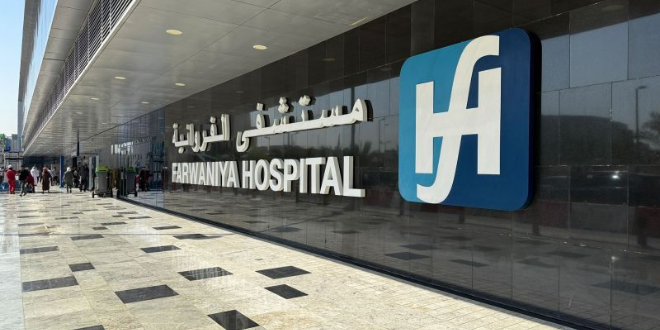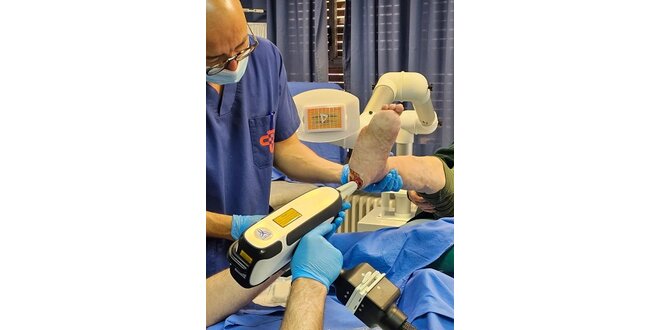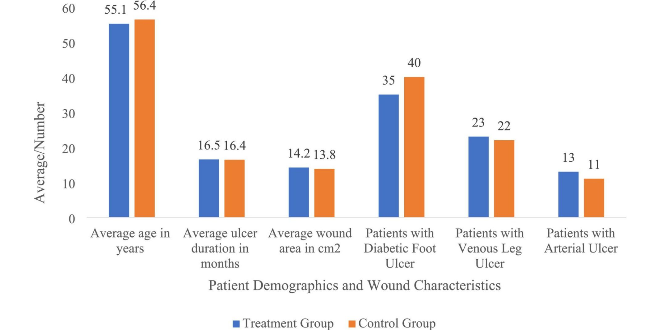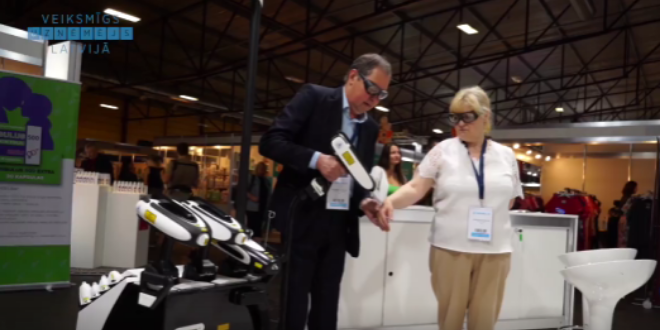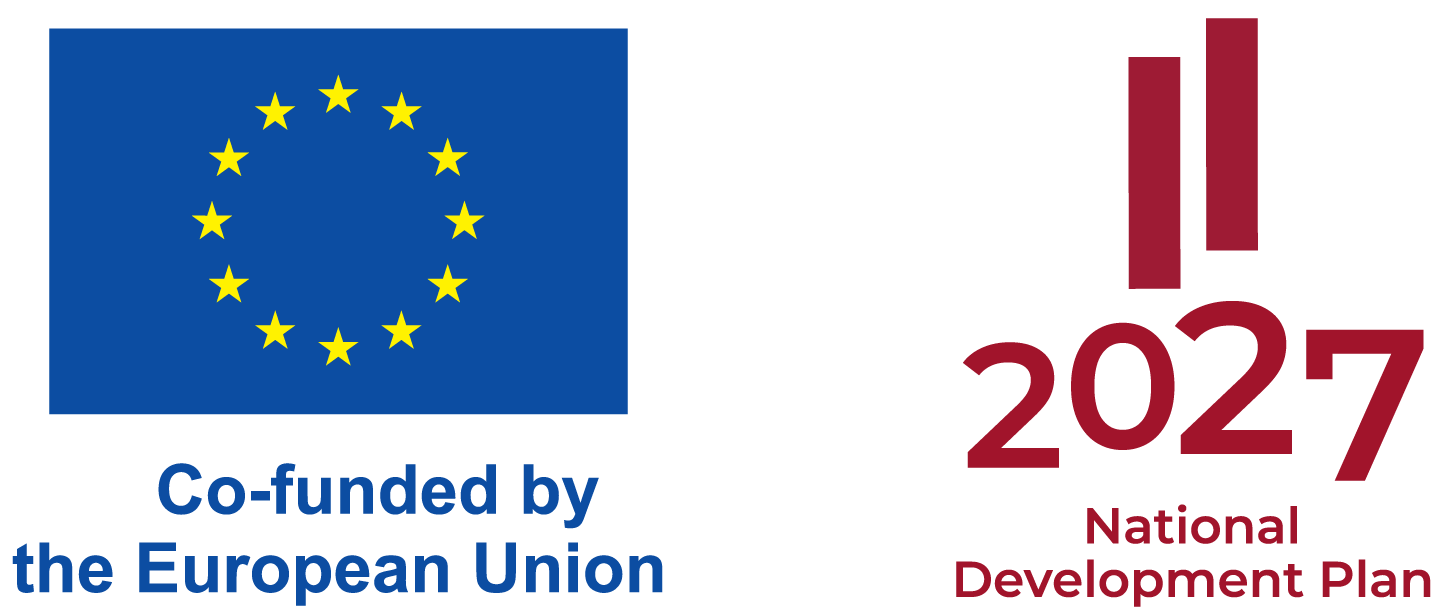ENT Surgery: 3-Wave LINLINE™ Laser Scalpel

High-frequency pulsed, fiber-delivered contact surgery (1,079 / 1,340 / 1,440 nm)
The MULTILINE™ platform brings three surgical wavelengths to ENT soft-tissue work—instantly swappable on the same working fiber—for precise contact cutting with hemostasis in both dry and wet fields:
- 1,079 nm (Nd-based): fast, precise contact dissection with reliable coagulation.
- 1,340 nm: water-coupled cutting/coagulation on hydrated mucosa with less char and smooth planes.
- 1,440 nm: strong wet-field hemostasis and controlled coagulative ablation in highly hydrated tissues.
Why it feels different: LINLINE’s scalpel uses high-frequency pulsed trains with short on/off cycles. Compared with many diode platforms that are used continuous-wave (CW) or with long duty cycles, pulsed delivery improves thermal control, reduces lateral heat and carbonization, and keeps the field cleaner for endoscopic work.
What it’s for (typical ENT indications)
- Nasal cavity & rhinology: inferior turbinate reduction (submucosal shrink), focal epistaxis foci, small polyps/papillomas, synechiae release.
- Larynx & pharynx: benign laryngeal papillomas, mucosal tags, granulomas; precise trimming with immediate hemostasis (airway precautions).
- Oral cavity / oropharynx: fibromas, papillomas, mucosal polyps; blood-sparing excision with clean margins.
- Otology / ear canal (soft tissue): granulation tissue, small lesions accessible to fiber tips.
How the three wavelengths map to tissue
1,079 nm – “sharp” contact cutting + coagulation
- Default for precise dissection of benign mucosal lesions, papillomas, polyps, and tags.
- Short bursts (≈0.5–2 s) and low-angle gliding passes produce a clean, blood-sparing plane.
1,340 nm – balanced, water-coupled hemostasis on mucosa
- Useful when the field is moist and you want more coagulation with less surface charring than 1,079 nm.
- Good for trimming edematous or inflamed mucosa and for contouring after initial debulking.
1,440 nm – wet-field coagulative effect
- High water absorption supports stable hemostasis in bleeding mucosa (e.g., epistaxis points, turbinate work).
- Suited to endoluminal or tight endoscopic spaces where visibility depends on rapid coag.
Instant wavelength swap: Move from 1,440 nm (hemostasis) to 1,079 nm (fine cut) or 1,340 nm (gentler coag) without changing fibers—you adapt to tissue response in seconds.
Technique notes
High-frequency pulsed trains: Use short activations to let tissue cool between bursts; this minimizes carbonization and adherent char.
- Contact method: Low-angle “scalpel” passes for lines; perpendicular micro-pecks for focal destruction/coag.
- Fiber control: Keep the tip clean; avoid excessive pressure; maintain line-of-sight under the scope.
Distance as a built-in “power dial”
With a fiber, power density at tissue = power ÷ spot area. As you move the tip off the tissue, the beam defocuses (spot enlarges), so irradiance falls steeply (roughly with the square of spot diameter). Example: a 400 µm fiber held ~1 mm off the surface can increase spot size ~2× and cut power density to ~¼–⅕, useful for gentle coagulation or shrinkage. Bringing the fiber into light contact concentrates energy and adds conductive coupling, shifting the effect to decisive cutting/coagulation.
In practice:
• Hover (0.5–5 mm standoff) for soft coagulation and to minimize char in wet fields (often at 1,440 nm).
• Touch/contact for precise excision (commonly 1,079 nm) or firmer coagulation (1,340 nm)—use short bursts to avoid carbonization.
Advantages for ENT teams
- Cleaner field in real time: Pulsed energy limits oozing and char build-up, improving visibility.
- One fiber, three behaviors: Fine cut (1,079) → gentle coag (1,340) → strong wet-field hemostasis (1,440) in the same case.
- Endoscope-friendly workflow: Thin fibers, stable coagulation, rapid instrument response.
- Cosmetic & functional precision: Controlled thermal spread means smoother planes and fewer post-op adhesions.
Example mini-workflows
- Inferior turbinate hypertrophy: Begin submucosal passes at 1,440 nm for coagulative shrink; switch to 1,340 nm for gentle contouring; finish fine sculpt with 1,079 nm if needed.
- Laryngeal papilloma (benign): 1,079 nm contact excision in short bursts; spot hemostasis with 1,340 nm; avoid deep thermal stacking.
- Recurrent anterior epistaxis: Identify the focus; 1,440 nm short pulses for immediate coag; confirm hemostasis and mucosal integrity.
How this differs from common alternatives
- Versus diode CW systems (980/1470): Many are used continuous-wave or with long duty cycles, which can raise lateral heat and char. LINLINE’s high-frequency pulsed mode improves thermal control while preserving cutting speed.
- Versus single-wavelength ENT lasers: Switching between 1,079/1,340/1,440 nm gives you three distinct tissue interactions without swapping consoles or fibers—useful when the case moves from cut → coag → wet-field control.
Key takeaway
The 3-wave LINLINE™ laser scalpel delivers high-frequency pulsed contact surgery through a single working fiber, with instant selection of 1,079 / 1,340 / 1,440 nm. That lets ENT surgeons tune cut vs coag to the tissue in front of them—keeping the field clean, the planes smooth, and the workflow efficient for both office and endoscopic procedures.





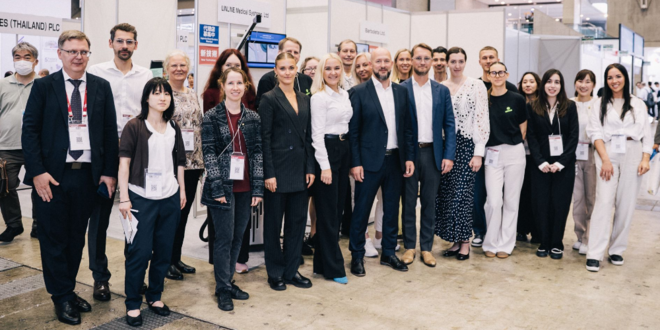
 06.10.2025
06.10.2025